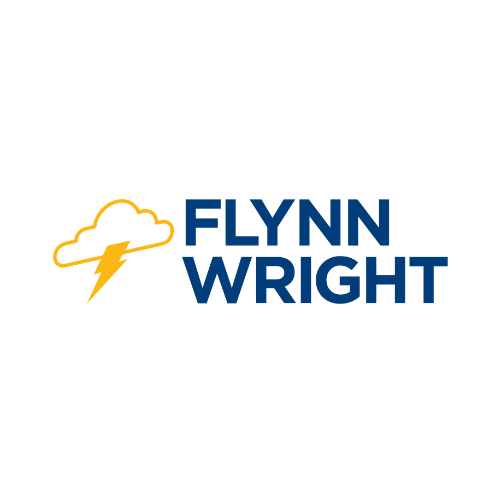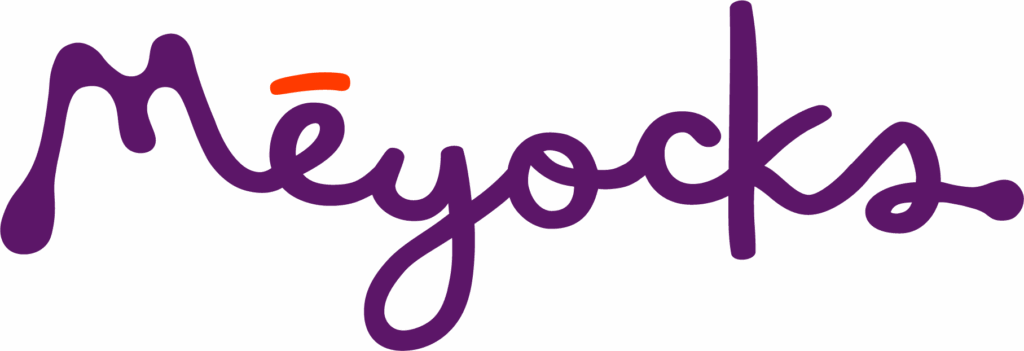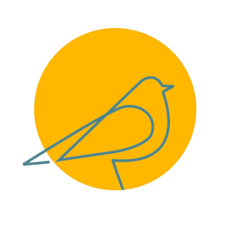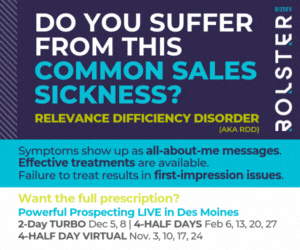Marketing: Let’s mix it up

For the last few weeks, we’ve been settling into the reality that 2022 is going to bring a sea change for us as business leaders. Out of every crisis in history, moments of great reinvention and change were born.
Over the next several weeks, we’re going to examine some of the overarching themes of the emerging patterns and think through how we can anticipate and leverage these trends to our advantage as we work to continue to serve our clients and employees, grow our businesses, and set the stage for future opportunities.
Last week we dug into the need for simplicity and specialization. This week we’re going to focus on what seems like a counter shift to that – the idea of creating something new by blending two or more existing products, services or brands.
Just a reminder, the six shifts are:
- No time to wait.
- Simplification.
- Creating the blend.
- The inevitable cycle.
- Hunger for experience and connection.
- It’s all about me.
One of the truths when it comes to shifts in consumer expectations, needs or beliefs is that you can magnify your impact, increase the speed of growth and brand affinity, and create more buzz when you align with more than one shift or emerging belief at a time.
That’s what this idea of creating the blend is all about. It’s when we combine existing offerings, layer on some additional value, add new access points (for example, adding a digital component) or partner with another brand that serves the same or a tangential audience. This idea is tricky because we’re messing with what’s working. That’s a risk.
In my opinion, this is the shift that requires the most curiosity and the most courage. On the courage side, you’re taking offerings that are already popular or selling well and changing them. We all remember New Coke! Or you’re inviting another fox into your hen house by creating collaborations with others.
Interestingly, collaboration could be with another brand or even your own customers. While there are certainly risks to both, there’s also the opportunity to widen (brand) or deepen (customers) your community. But you have to share your community with them as well.
On the curiosity side, you’re asking yourself some challenging questions. What could I pair my products or services with that would add additional value? Or think of it this way: Everyone serves bacon or sausage with eggs. What have I never seen before that would bring in new customers or surprise and delight my existing customers?
It’s easy to ask these types of questions when something is broken, but you have to force the curiosity when it seems like everything is in place. There are some reasonably easy ways to add access and value (digital, new formats or bundling packages, AI enhancements, etc.) that might be a good place to start, if you’re struggling. But we have to get out of our own way to find the safe space to be this curious and this willing to fix something that technically does not need fixing.
Another way to play around with this trend is to observe how your clients currently use your product or service. They very well may, on their own, be enhancing what you do. Usability studies and focus groups are also good idea generators.
This trend demands that we really get into the psyche of our clients and have a deep understanding, from a functional point of view, of exactly what our offerings deliver. We also need to be willing to question and, when possible, shake up the status quo.










